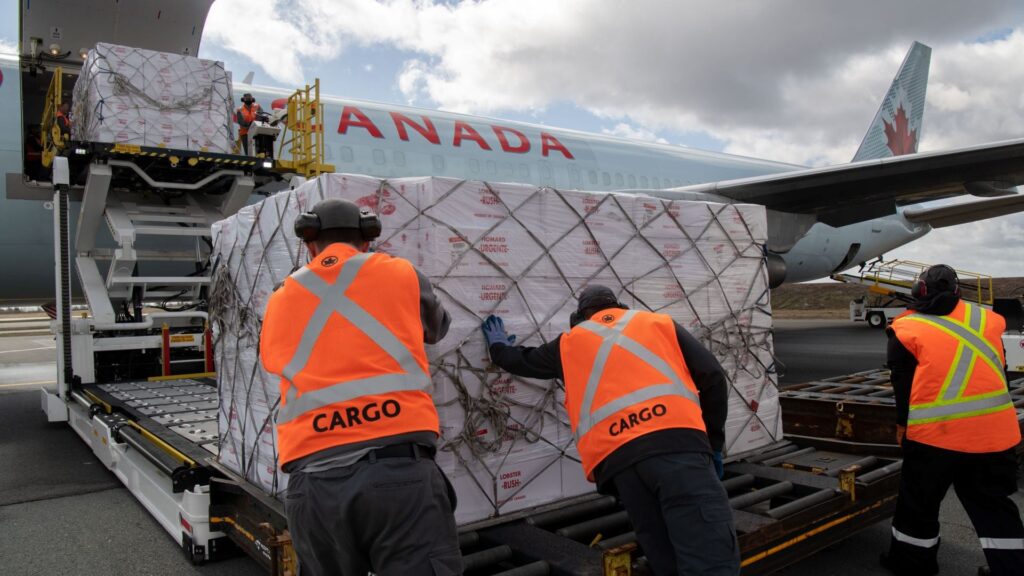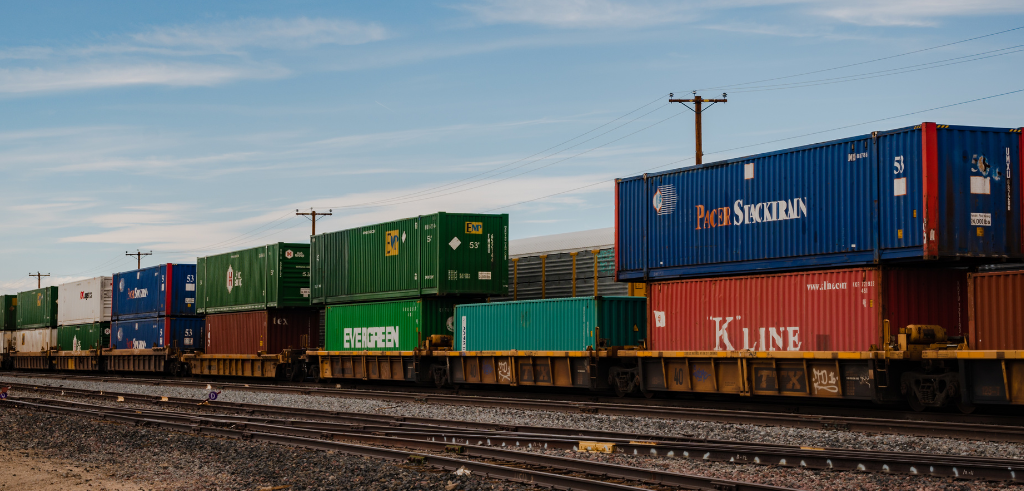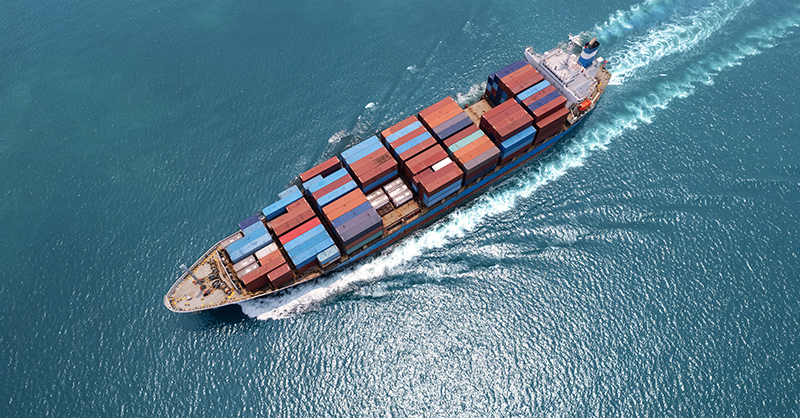- By Della tj
- October 17, 2025
- Rail Freight, Shipping
Global businesses increasingly rely on fast rail freight from China to Belgium as a middle-ground solution between costly air freight and slower sea transport. For companies seeking stable transit schedules and reduced shipping costs, rail freight delivers the best of both worlds.
What Makes Fast Rail Freight from China to Belgium So Popular?
Undeniably, the growth of e-commerce and manufacturing partnerships has fueled demand for efficient logistics between China and Belgium. Rail freight offers a perfect balance—quicker than sea freight, far more affordable than air freight, and environmentally friendly.
Moreover, this route connects China’s inland industrial hubs directly to Europe’s logistics centers, reducing the need for transshipment. For example, trains from Chengdu, Xi’an, and Chongqing reach Liège and Antwerp within 14–18 days, a major advantage for importers seeking just-in-time inventory replenishment.
| Mode | Average Cost (40ft) | Transit Time | Carbon Emission | Reliability |
|---|---|---|---|---|
| Air Freight | $8,000–$10,000 | 5–7 days | High | Excellent |
| Rail Freight | $3,000–$4,000 | 14–18 days | Low | Very High |
| Sea Freight | $1,800–$2,200 | 30–40 days | Medium | Moderate |
How Does the China–Belgium Rail Freight Route Operate?
The China–Belgium rail corridor is part of the Belt and Road Initiative (BRI), connecting China’s main export regions directly to Europe. Trains pass through Kazakhstan, Russia, Belarus, and Poland before entering Belgium.
Additionally, customs clearance has become more streamlined. Goods undergo inspection at inland ports in China, such as Zhengzhou or Wuhan, allowing faster clearance upon arrival in Europe. As a result, businesses benefit from fewer border delays and consistent delivery schedules.
What Types of Goods Benefit Most from Rail Freight?
Typically, rail freight suits mid-value, time-sensitive cargo. Products like electronics, auto parts, machinery, textiles, and household goods are most common.
Furthermore, refrigerated containers support temperature-sensitive shipments like pharmaceuticals and food items. Importers appreciate rail’s predictable transit and reduced risk of damage compared to ocean transport.
| Cargo Type | Recommended Mode | Transit Days | Special Requirements |
|---|---|---|---|
| Electronics | Rail | 15 | Anti-static packaging |
| Automotive parts | Rail | 16 | Palletized, labeled |
| Pharmaceuticals | Rail (Reefer) | 14 | Temperature control |
| Furniture | Sea | 35 | Bulk-friendly |
| Apparel | Rail | 17 | Folded and boxed |
What Documents Are Required for Rail Freight Shipping?
Proper documentation is essential to ensure smooth customs clearance. Although requirements vary by product type, the following checklist applies to most shipments:
| Document | Purpose |
|---|---|
| Commercial Invoice | Confirms value and description |
| Packing List | Details weight, dimensions, and count |
| Bill of Lading (Rail Waybill) | Proof of transport contract |
| Certificate of Origin | Determines tariff treatment |
| Customs Declaration | Required at both ends |
| Insurance Certificate | Covers loss or damage |
Moreover, working with an experienced forwarder can simplify compliance and minimize clearance delays.
Real Shipping Case Studies: China to Belgium Rail Freight
Case 1: Electronics Shipment from Chengdu to Liège
- Cargo: 10 tons of laptop components
- Route: Chengdu → Liège
- Mode: FCL (Full Container Load)
- Cost: USD 3,400 (40ft container)
- Transit Time: 15 days
- Outcome: Saved 45% compared to air freight and reduced delivery time by half versus sea freight.
Case 2: Auto Parts from Xi’an to Antwerp
- Cargo: 15 tons of engine components
- Mode: Rail + Truck (Door-to-door)
- Cost: USD 3,800
- Transit Time: 17 days
- Outcome: On-time delivery and customs cleared within 24 hours of arrival.
How Does Rail Freight Compare to Other Modes of Transport?
Without a doubt, fast rail freight from China to Belgium bridges the efficiency gap between sea and air. Here’s a side-by-side comparison:
| Aspect | Air Freight | Rail Freight | Sea Freight |
|---|---|---|---|
| Speed | Fastest | Moderate-fast | Slowest |
| Cost | Highest | Medium | Lowest |
| Environmental Impact | High | Low | Medium |
| Ideal For | Urgent, high-value goods | Balanced needs | Large, heavy cargo |
| Flexibility | High | High | Medium |
Additionally, rail freight reduces carbon emissions by up to 75% compared to air transport, aligning with global sustainability goals.
What Are the Cost Factors and How to Optimize Them?
Rail freight costs depend on distance, weight, container type, and additional services such as insurance or last-mile trucking.
However, businesses can lower costs by:
- Consolidating smaller shipments (LCL)
- Booking early during non-peak seasons
- Using digital tracking to plan inventory turnover
- Partnering with experienced forwarders
| Cost Component | Description | Optimization Tip |
|---|---|---|
| Freight Charge | Basic rail cost | Ship during off-peak |
| Handling Fees | Loading/unloading | Use logistics hubs |
| Customs Duties | Import taxes | Check HS codes |
| Insurance | Cargo protection | Compare coverage plans |
Why Choose Rail Freight for China–Belgium Trade?
Ultimately, choosing fast rail freight from China to Belgium ensures efficiency, sustainability, and reliability.
Businesses enjoy:
- Stable transit of 14–18 days
- Lower carbon footprint
- Reduced inventory costs
- Improved delivery predictability
Moreover, Belgium’s central location makes it an ideal European entry point for further distribution to France, Germany, and the Netherlands.
Conclusion
In conclusion, fast rail freight from China to Belgium combines affordability, reliability, and eco-efficiency. It bridges the logistics gap between air and sea, ensuring steady, timely, and sustainable transport for global trade. For importers aiming to streamline their supply chain, rail freight is the smart and future-ready choice.
- Consult TJ China Freight Forwarding for the lowest quote. They will provide you with reliable, cost-effective service.
FAQ:
Q1.How long does fast rail freight from China to Belgium take?
Transit usually ranges from 14 to 18 days, depending on departure city, destination, and customs clearance time.
Q2.Can rail freight handle temperature-controlled cargo?
Yes, reefer containers maintain cold-chain integrity for perishable or pharmaceutical products during the rail journey.
Q3.What is the average cost of rail freight per 40ft container?
On average, it costs between USD 3,000 and USD 4,000, depending on cargo type and route.
Q4.Is insurance mandatory for rail freight shipments?
While not mandatory, insurance is strongly recommended to protect against potential transit loss or damage.
Q5.Are there door-to-door services for China–Belgium rail freight?
Indeed, most providers offer full logistics coverage, including pickup, customs, and last-mile delivery.




